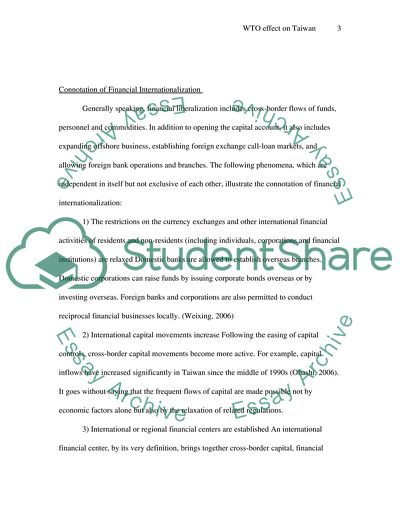Cite this document
(“WTO effect on Taiwan Essay Example | Topics and Well Written Essays - 1500 words”, n.d.)
Retrieved from https://studentshare.org/miscellaneous/1539001-wto-effect-on-taiwan
Retrieved from https://studentshare.org/miscellaneous/1539001-wto-effect-on-taiwan
(WTO Effect on Taiwan Essay Example | Topics and Well Written Essays - 1500 Words)
https://studentshare.org/miscellaneous/1539001-wto-effect-on-taiwan.
https://studentshare.org/miscellaneous/1539001-wto-effect-on-taiwan.
“WTO Effect on Taiwan Essay Example | Topics and Well Written Essays - 1500 Words”, n.d. https://studentshare.org/miscellaneous/1539001-wto-effect-on-taiwan.


